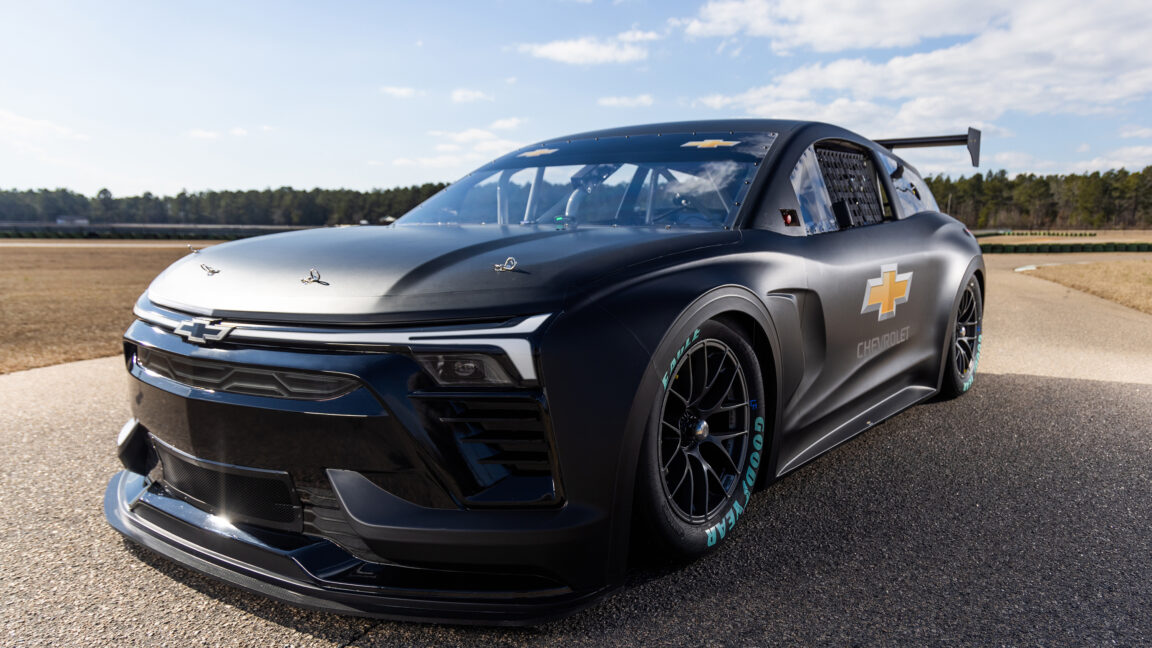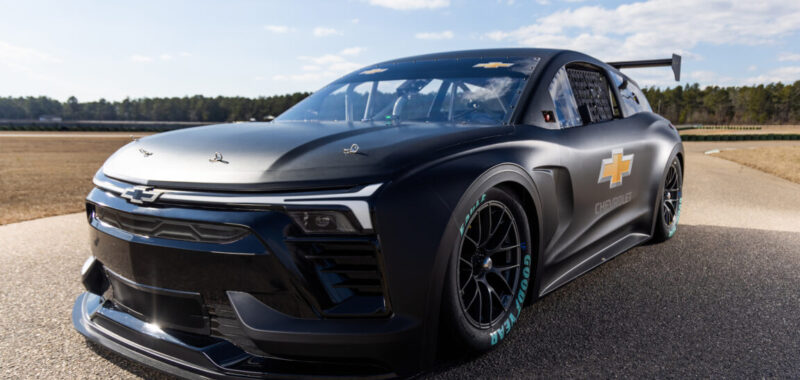
CONCORD, N.C.—We weren’t allowed cameras past the lobby of General Motors’ shiny new Charlotte Technical Center. It’s the automaker’s new motorsport hub in the heart of NASCAR country, but the 130,000-square-foot (12,000 m2) facility is for much more than just stock cars. There are cutting-edge driver-in-the-loop simulators, shaker rigs for punishing suspension, and even an entire gym for drivers to work on their fitness.
It’s also home to GM’s racing command centers—conference rooms with walls of monitors where engineers and strategists provide remote support for GM’s teams at their respective racetracks. It’s pretty busy most weekends; this Saturday and Sunday, Chevrolet is racing in both IndyCar (in Alabama) and NASCAR (in Texas), next week, it’s Chevrolet and Cadillac in Belgium for the World Endurance Championship and Northern California for IMSA, plus NASCAR in Kansas. Starting next year, F1’s 24 races a year will be added to the mix as well.
The technical center had been sanitized before our group of journalists arrived, perhaps rendering the camera ban moot anyway. The smells, on the other hand, were intriguing—solvents, 3D printers, some other rapid prototyping, or maybe all of it all at once. If only websites were scratch and sniff.
The person with overall responsibility for it all is Ken Morris, whose full title stretches to senior vice president of product programs, product safety, and motorsports. The last of those items in his portfolio is almost certainly less important to GM than new products or those products being safe, but that doesn’t mean it doesn’t have real benefits. The days of a widget being tested on a race car and then fitted to road cars shortly afterward are mostly an artifact of the past, but there are other ways that motorsport programs make for better vehicles for the rest of us.
A car that handles well is a better car
I love the sport of it, of course, but I really love watching engineers develop over time and learn how to improve, improve, improve,” Morris told me. “I think it’s not a given that a vehicle is really well integrated, from not only the tuning of the car, which is important, but body structure, torsional stiffness, all those kind of things are so important. And if the engineers don’t have the right kind of backgrounds or right mentality, those things can get ignored, and it shows up in the end,” he said.

